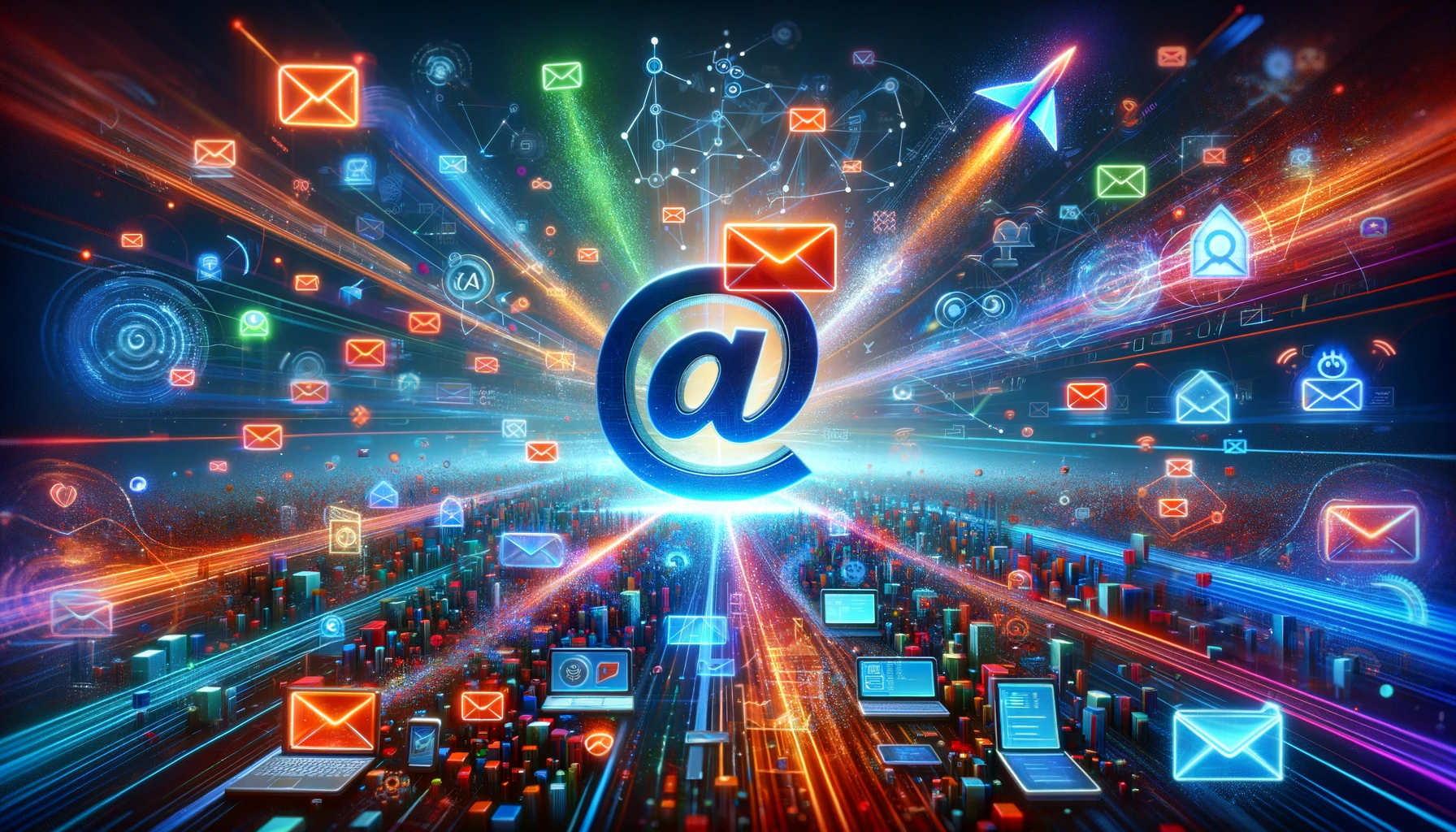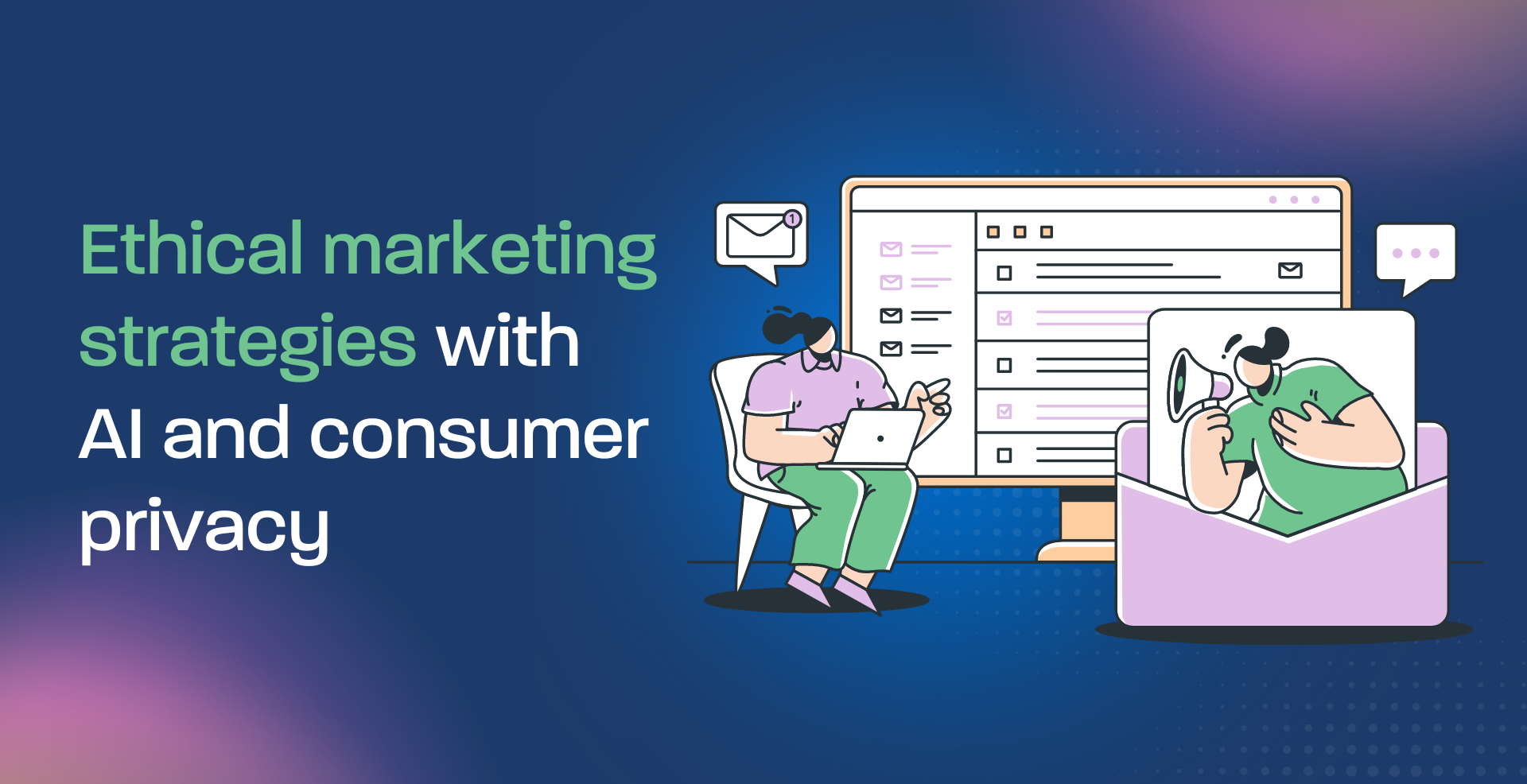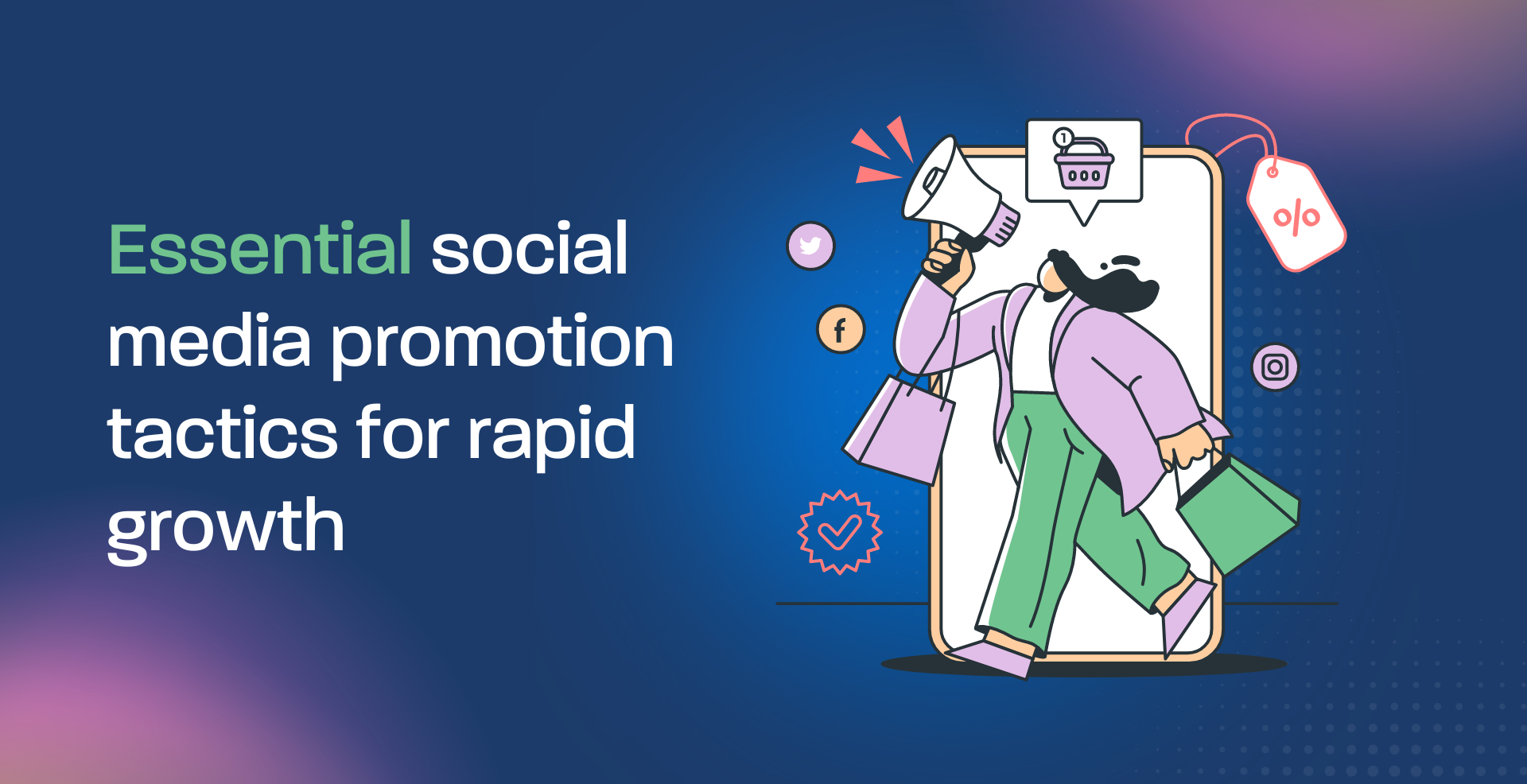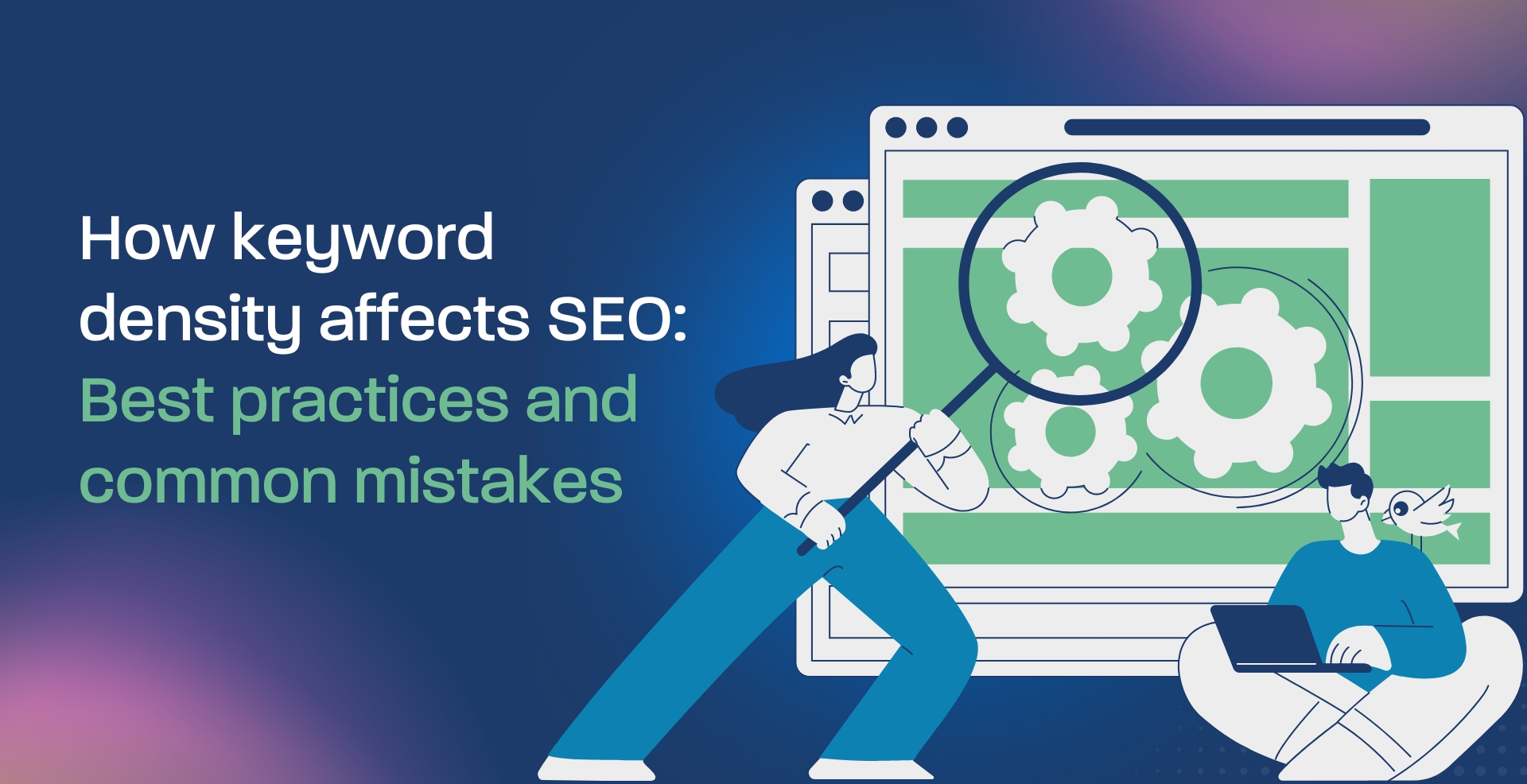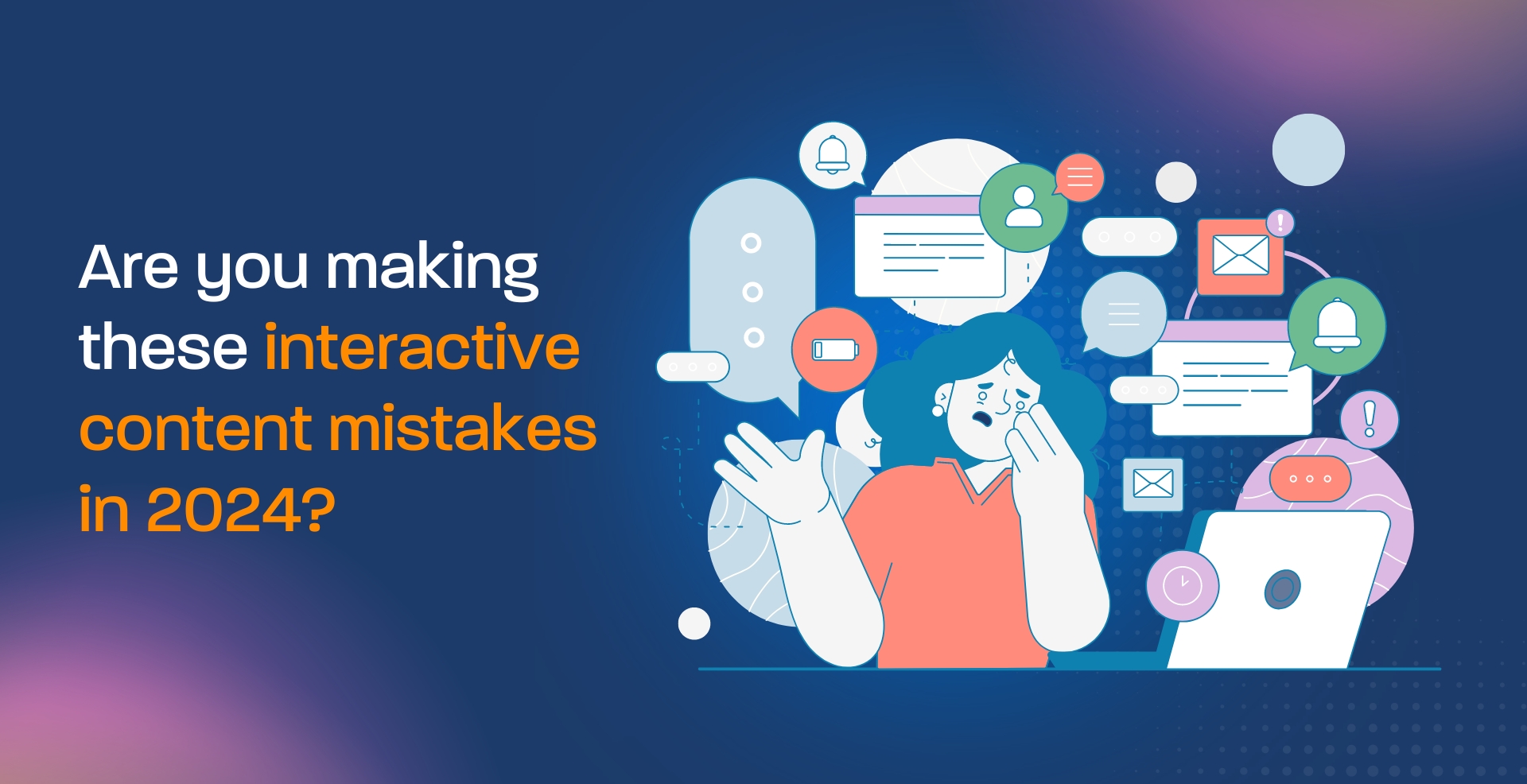Imagine a customer walks into your local shop or visits your website, browses your products, and even adds something to their cart, but then leaves without making a purchase. Feeling discouraged? Don’t worry! With triggered emails, you can reach out to that customer at the perfect moment to re-engage them and turn them into a loyal patron.
Triggered Emails: Personalized Communication at the Right Time
Triggered emails are automated messages sent based on specific customer actions or behaviors. Unlike traditional mass marketing blasts, triggered emails offer a more personalized and relevant touch, leading to higher engagement and increased sales. This means reaching customers with precisely what they need, when they need it, fostering a positive and memorable experience.
Why Triggered Emails are Powerful for Local Businesses:
- Boost Engagement: By responding to customer actions in real-time, you create a dynamic experience that feels personal and attentive. This builds a stronger connection with your customers and keeps them coming back for more.
- Drive Sales: Timing is everything. Triggered emails reach customers at a critical moment when they’re already interested in your products or services, significantly increasing the likelihood of conversion from browsing to buying.
Build Loyalty: Personalized communication demonstrates that you care about your customers, fostering trust and loyalty. This translates into repeat business and enthusiastic word-of-mouth recommendations, which are vital for any local business.
Key Types of Triggered Emails
Welcome Series
Greet new subscribers or customers with a warm welcome email, highlighting your brand story, unique offerings, and upcoming promotions.
Subject Line: “Welcome to the [Your Business Name] Family!”
Body: Introduce your brand story and values.
- Highlight your unique offerings and what sets you apart.
- Showcase customer testimonials or positive reviews.
- Offer a special welcome discount or exclusive content.
Case Study: Birchbox, a subscription service for beauty products, sends a welcome series that spans three emails:
- First Email: Introduces the brand and explains how the subscription works.
- Second Email: Offers personalized product recommendations based on a short quiz the customer takes during signup.
- Third Email: Provides tips on how to use the received products effectively.
Abandoned Cart
Gently remind customers who left items behind with a friendly email showcasing the products they considered, perhaps even offering a special discount to encourage completion.
Subject Line: “We noticed you left something behind! [Product name] awaits…”
Body
- Gently remind the customer about the abandoned items in their cart.
- Showcase the product images and key features.
- Offer a limited-time discount or free shipping to incentivize completion.
- Include a clear call to action like “Complete Your Purchase” or “Checkout Now.”
- Case Study: Dollar Shave Club saw a 7% increase in recovered revenue from abandoned carts by sending triggered emails within an hour of abandonment. The email featured a humorous video and a clear call to action.
Browse Abandonment
Re-engage website visitors who haven’t converted by sending an email with personalized product recommendations based on their browsing history. Don’t just suggest random items; use their browsing behavior to curate a selection that genuinely interests them.
Subject Line: “Based on your recent visit, we think you’ll love these!”
Body: Thank the customer for their visit and browsing activity.
- Leverage their browsing history to suggest highly relevant product recommendations.
- Briefly explain why you think they might be interested in the recommended items.
- Include high-quality product images and enticing descriptions.
- Case Study: Netflix uses browse abandonment emails to recommend movies and TV shows based on a user’s browsing behavior and past viewing history. This personalization strategy has been highly effective in keeping users engaged and consuming content on the platform.
Transactional Emails
Provide valuable information like order confirmations, shipping updates, and invoices promptly, building trust and transparency. Don’t just send generic emails; consider including special offers or loyalty program updates relevant to their specific purchase.
Order Confirmation
Subject Line: “Your order from [Your Business Name] is confirmed!”
Body:
- Thank the customer for their purchase.
- Summarize the order details (products, quantities, prices).
- Provide an estimated delivery timeframe and tracking information (if applicable).
Include links to return and exchange policies for customer convenience.
- Shipping Update Subject Line: “[Your Business Name]: Your order is on its way!”
Body:
- Inform the customer about their order’s current shipping status.
- Provide the estimated delivery date and tracking information.
- Offer the option to contact customer support for any inquiries.
- Case Study: Zappos, a leading online shoe retailer, is known for its exceptional customer service and transactional emails. They send timely updates with clear information and a friendly tone, exceeding customer expectations and fostering trust.
Win-Back Campaigns
Re-ignite interest in your brand by engaging inactive customers with exclusive offers or recommendations tailored to their past preferences. Go beyond simple discounts; offer personalized recommendations based on their past purchases or interests to showcase that you remember them and value their business.
Subject Line: “We miss you! We have something special to bring you back.”
Body: Acknowledge the customer’s inactivity and express that you miss them.
- Offer a personalized incentive based on their past purchase history or preferences (e.g., exclusive discount, gift with purchase).
- Highlight new products or services they might be interested in.
- Make it easy for them to re-engage with your brand by including clear CTAs.
- Case Study: Spotify uses win-back campaigns to target inactive users with personalized playlists based on their past listening habits. This approach has proven successful in re-engaging users and keeping them subscribed to the service.
By implementing these key types of triggered emails with compelling content, personalization, and strategic timing, local businesses can significantly boost engagement, nurture customer relationships, and ultimately drive sales and loyalty. Remember, the key lies in understanding your audience, creating genuine connections, and providing value throughout the customer journey.
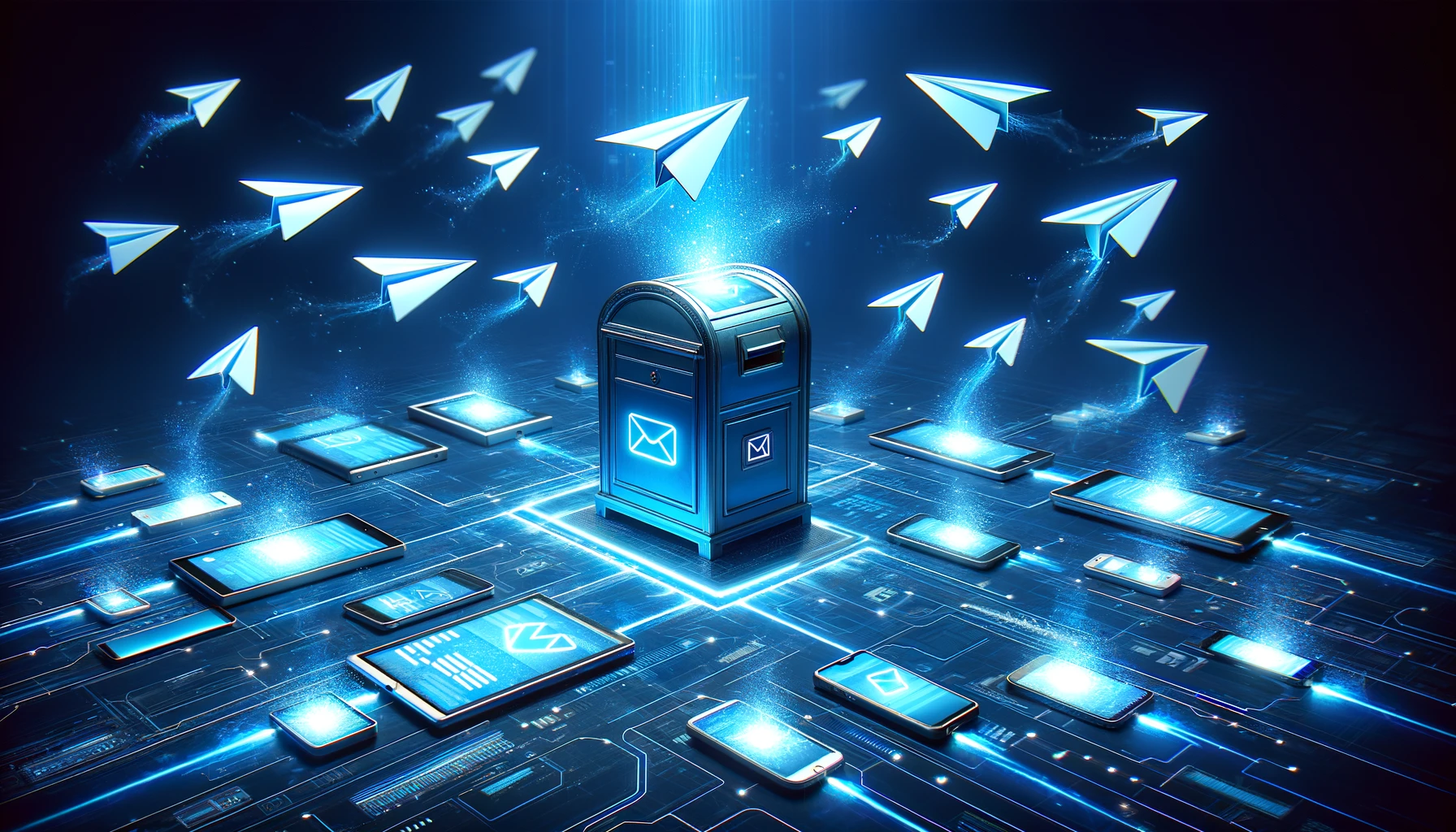
Crafting Compelling Triggered Email Content:
- Subject Lines: Make it count! Craft clear, concise, and engaging subject lines that grab attention and pique recipients’ interest. For example, “We noticed you left something special behind!” for cart abandonment emails, or “Just for you: Browse-inspired recommendations from The Local Buzz” for browse abandonment emails.
- Personalization: Show you care! Use the customer’s name, purchase history, and preferences to personalize the content and product recommendations, creating a more relevant and relatable experience. This could involve mentioning items they looked at on your website, highlighting specific services they might be interested in, or offering birthday discounts for special occasions.
- Call to Action (CTA): Make it clear what you want them to do! Include a strong and action-oriented call to action, prompting customers to take the next step, such as “Complete Your Purchase” or “Shop New Arrivals.”
- Mobile-Friendly Design: Ensure your emails are optimized for mobile devices, as many customers check their email on their phones. This means using a responsive design, keeping the email concise, and including clear and easy-to-click CTAs.
Optimizing Timing and Frequency:
- Timeliness Matters: Send triggered emails at the most opportune moment. Aim for abandoned cart emails within 24 hours, and browse abandonment emails within a few days. While there’s no magic formula, sending emails promptly while the customer’s interest is still fresh is crucial.
- Avoid Overwhelming: Don’t bombard your audience! Strategize a plan for each type of email and consider your customer segmentation to avoid email fatigue. Aim to provide value with each email, and avoid sending too many promotional messages that might annoy your customers.
Segmentation:
Imagine trying to hold a conversation in a crowded room where everyone is talking at once. It’s hard to be heard, and the messages get lost in the noise. Segmentation is like dividing the room into smaller groups, allowing you to have focused conversations with individuals or groups who share common interests.
In the context of email marketing, segmentation refers to dividing your customer base into specific groups based on various factors such as:
- Demographics: Age, location, gender, income, etc.
- Purchase history: What they’ve bought previously, frequency of purchases, average order value, etc.
- Interests: Products they’ve browsed, signup preferences, past email engagement, etc.
- Engagement level: Active subscribers, inactive subscribers, first-time buyers, etc.
By segmenting your audience, you can send more targeted and relevant triggered emails that resonate better with each group. This leads to:
- Increased open rates: People are more likely to open emails they find relevant and interesting.
- Higher click-through rates: When the email content is tailored to their interests, they’re more likely to click on the call to action (CTA).
- Improved conversion rates: Sending relevant offers and recommendations is more likely to convert them into paying customers.
Personalization:
68% of people base their decision on whether to open an email based on the “from” name using their actual name increases email open rates by 26%. What does this tell us? Segmentation sets the stage for personalization, which takes things a step further. It’s like stepping into each conversation within the smaller groups and addressing them by name, remembering their preferences, and responding directly to their needs.
Here are some ways to personalize triggered emails:
- Using the customer’s name: “Hi [Customer Name],” sets a personal tone and grabs their attention.
- Referencing their purchase history: “We noticed you recently purchased [product]. You might also like [related product].”
- Highlighting their browsing behavior: “Based on your recent browsing, we recommend [product].”
- Segmenting by location: “Enjoy this special offer available only at our [location] store!”
- Personalizing subject lines: Instead of a generic “New arrivals!”, use “New arrivals you might love based on your preferences!”
Remember, personalization is about creating a one-on-one experience even though it’s automated.
By combining segmentation and personalization, you can craft triggered emails that feel genuine and relevant, fostering stronger connections with your customers and ultimately driving results for your local business.
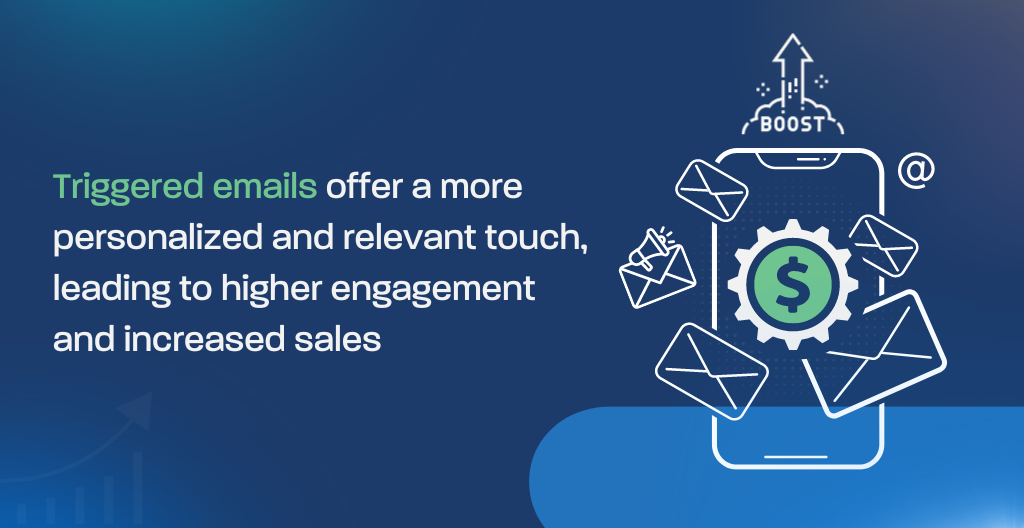
To create a deeper connection with your audience, here are some archetypes excepts from Pip Deck’s Storytelling Tactics:
The Way Ahead – Form a strong bond with your customer or user. What do they want to become? How can you help? Use archetypes to map out the emotional journey you want your user or customer to take. Offer a pathway based on their instincts and feelings. Make a connection that goes deeper than rational analysis. Grab them by the heart, and the head will follow.
Raise The Stakes – Make us root for the ‘good guys’ in your story. Give them a great ‘bad guy’ to contend with. Put an archetypal hero into conflict with a dark-side villain to create tension in your story.
Build Your Brand – Tell consistent stories that build trust with colleagues and customers. Everything you do, from the way you run meetings to the color of your logo, tells a story about you. Use archetypes to define your workplace culture. Establish your public-facing brand on the same solid foundations. Tell stories inside and outside your workplace that show your corporate character in action.
The Jester – Let the games begin. Roll the dice and take a chance. There’s always a funny side to life. You happily play for fun, rather than playing to win. Boredom is your Kryptonite. You love being in the spotlight. Make ‘em laugh, but remember there’s many a true word spoken in jest.
The Rebel – Demand More. The status quo is not good enough. Some rules are meant to be broken. You are an agent of chaos, raging against the machine. This means defying the old order, to usher in the new. You are impatient, an early adopter, a fire starter, an icon breaker. You bring giants to their knees.
Hero & Guide – Stop talking about yourself. Make your user the Hero of your story. You play a supporting role: the Expert Guide. For every Luke, there’s a Yoda. And as the little green fella might say “Hero of every story, not you are.”Tell us what your Hero is trying to achieve. Then show us how you guide them on their journey and what special gift you offer them along the way.
Good & Evil – Tap into strong feelings of right and wrong in your audience. Bring a moral conflict into your story.
In a simple story, you set up a battle between Right vs Wrong (with you on the side of the angels). But you can also show tough choices: when two Rights collide or we must choose the lesser of two Evils. We love this kind of complex storytelling, which is why Breaking Bad won so many awards!
You can use some of these archetypes to develop stories for visual presentations or video content to connect with your audience.
Standing out and fostering genuine connections with your customers is paramount. Triggered emails offer a powerful tool to achieve just that. By implementing the strategies and best practices outlined in this guide, you can transform your email marketing efforts, nurture customer relationships, and ultimately drive sustainable growth for your local business. Remember, the key lies in understanding your audience, crafting compelling content, and delivering the right message at the right time. So, embrace the power of triggered emails, and watch your customer engagement soar!
